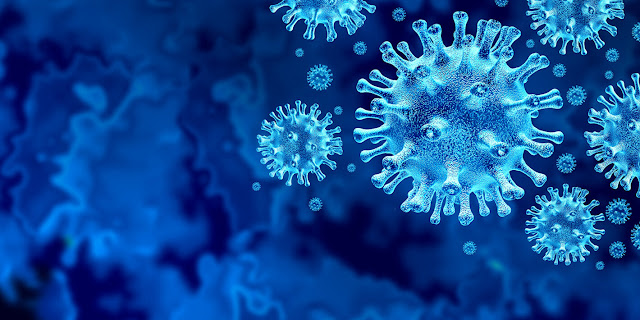Tips and Tricks for Avoiding COVID-19
Greetings from your blogger, Wayne Emerson Gregory. You can call
me Emerson. Today, I’ll be chiming in on COVID-19, also knowns as Coronavirus,
and best practices on preventing its spread. Even though the country is in the
process of reopening, we cannot stop being careful with our own health. As a
healthcare provider, I’ve seen the devastating effects of this condition, and
they’re not pretty. Yes, they can be overcome in many cases, but as always,
prevention is key.
Some of the more obvious and more commonly shared best
practices for protecting yourself from Coronavirus include
- self-isolation
– stay home when possible
- wearing
a mask in public – and make sure it covers your mouth AND NOSE
- staying
at least 6 feet away from others – wearing a mask is not a substitute for
social distancing
- washing
your hands often – at least 20 seconds, ensuring you cover all surfaces,
the backs of your hands, between your fingers, and under your nail.
Here are some other ideas on how to cut down on your
chances of contracting COVID-19.
- Wash
your mask often! Wearing a mask correctly is one of the best ways to lower
the chances of spreading COVID-19 from one person to another. If someone
is carrying the virus but hasn’t started showing symptoms yet, the mask
keeps the germs from escaping to other people.
- Carry
hand sanitizer with you everywhere. Lots of businesses have begun
providing hand sanitizer for customers and guests, but not all of them can
do so. I catch myself thinking about this most when I’m pumping gas.
- Use
a poking tool when possible. I know this one sounds funny, but another
great way to avoid touching infected water droplets on things like keypads
or other commonly poked areas is to carry a stylus or other tool to do the
poking for you.
These ideas aren’t exhaustive, and nobody is perfect. But keeping some easy safety measures in mind and in practice can do wonders for preventing the spread COVID-19 and any other contagious illness floating around out there, like the common cold, pneumonia, and the flu.



Comments
Post a Comment